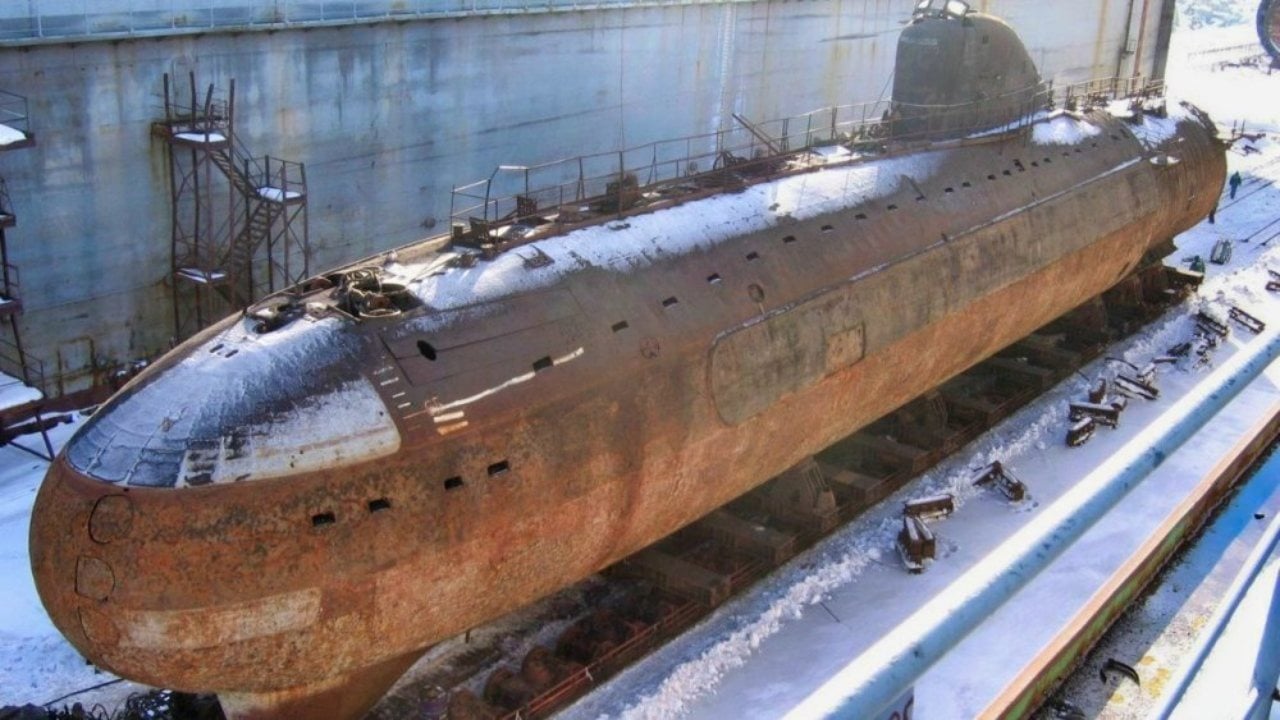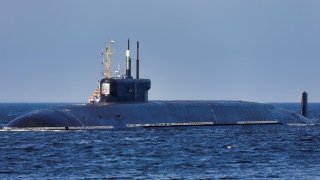"Sir, the Reactor Is Leaking": A Russian Submarine Became an Underwater Chernobyl
The Soviet Navy's K-27 submarine, a November-class vessel, faced a tragic fate due to its advanced yet problematic lead-bismuth-cooled reactors.
Summary and Key Points: The Soviet Navy's K-27 submarine, a November-class vessel, faced a tragic fate due to its advanced yet problematic lead-bismuth-cooled reactors.
-Launched in 1958, K-27 suffered a catastrophic reactor failure on May 24, 1968, causing radiation leaks that led to nine crew deaths and numerous injuries.
-Deemed unsalvageable, it was scuttled in 1981. Environmental concerns persist as the submarine, lying in the Arctic Circle, poses a significant radiation threat.
The Tragic Legacy of the Soviet K-27 Submarine
Efforts to retrieve it are hampered by technical challenges and geopolitical tensions. This incident underscores the risks of aggressive technological competition and the long-term environmental consequences.
Russia has always been a continental power that struggles to compete with its Western neighbors. Through sheer willpower and determination, the Russians have managed to stay imperfectly competitive with the West.
In the domain of submarines, the Russians have always been a real challenger to the maritime dominance that Western powers such as the United States and United Kingdom have long enjoyed.
But in the great race for prestige and dominance, accidents abound.
The Specs on the K-27 November-Class Submarine
The tragedy of the Soviet Navy’s K-27 submarine is one of those handful of Russian disasters that still resonate today. K-27 was one of the November-class (Project 627 Kit) submarines. First laid down on June 15, 1958, K-27 was the first Red sub to dabble in lead-bismuth cooled reactors. These systems were smaller but more powerful than the pressurized-water reactors that ran most nuclear submarines at the time.
But they were highly problematic sources of power.
This undersea monster was ahead of its time. The Soviet Navy was, of course, in serious competition with the Americans. Part of that competition played out in the technological domain. K-27 was highly advanced and of a radical design.
As Dave Majumdar in 2017 described the K-27 submarine, it was “very much a science project first and an operational attack boat second.”
As an aside, one should always be careful whenever Russian submariners start talking about a new nuclear system that will revolutionize submarine performance. It’s probably going to end in flooded compartments, dead sailors, and a cloud of radiation.
The Incident
On May 24, 1968, K-27 was cruising the Barents Sea, trying out these new reactors. Disaster struck. One of the reactors decided to take a nap, dropping to a measly 7% of its power output (not great, not terrible). Oxide particles built up in the coolant of the reactor, causing it to overheat and melt some of the fuel.
Fission products leaked into the reactor compartment and eventually spread throughout the submarine.
The crew, realizing that this was not a drill, quickly made their way back to port using the other reactor, but the aftermath was grim. Nine crewmembers died from radiation exposure, and 83 others were injured, including 40 with acute radiation sickness. The submarine was deemed unsalvageable and was eventually scuttled in Novaya Zemlya in 1981.
Complicating Factors
Whenever we’re dealing with a Russian nuclear disaster, it never ends there. K-27 is at risk of becoming an “underwater Chernobyl.”
Indeed, because the Soviets improperly disposed of the submarine, simply scuttling it and leaving it at the bottom of the sea, most environmental scientists are concerned that the rusty old boat is going to start leaking devastating radiation into the pristine ecological habitat that is the Arctic Circle (where the boat is currently stewing beneath the waves). Multiple proposals have been fielded since 2012 to get crews down to K-27’s resting place and safely return the ailing submarine to the surface.

Two problems exist for such a project.
First, feasibility. There is deep disagreement among the experts as to whether they can bring the boat up to the surface without compromising its hull and breaching the containment of the nuclear reactor, which is still hot beneath the waves.
The other complication is the ongoing unpleasantness between the West and Russia over Ukraine. Under these conditions, Moscow is disinclined to work with Western elements to bring the old sub up before its containment is breached and radiation leaks into the Arctic beyond.
Where Do We Go from Here?
The K-27 fiasco is a continual reminder of the dangers of unencumbered geopolitical competition of the kind that existed in the Cold War and is again upon us today. Further, the push to get ahead of one’s enemies has led to this ticking time bomb in which a relic from a bygone war is today threatening the safety of millions of people and animals in the Arctic.

As we enter a renewed age of geopolitical tensions and competition – with Russia, of course – let us remember the risks associated with such behaviors.
Author Experience and Expertise: Brandon J. Weichert
Brandon J. Weichert, a National Interest national security analyst, is a former Congressional staffer and geopolitical analyst who is a contributor at The Washington Times, the Asia Times, and The-Pipeline. He is the author of Winning Space: How America Remains a Superpower, Biohacked: China’s Race to Control Life, and The Shadow War: Iran’s Quest for Supremacy. His next book, A Disaster of Our Own Making: How the West Lost Ukraine, is due October 22 from Encounter Books. Weichert can be followed via Twitter @WeTheBrandon.
All images are Creative Commons. Main image is a of a modern Russian submarine. All others are of November-Class submarines.
From The Vault


